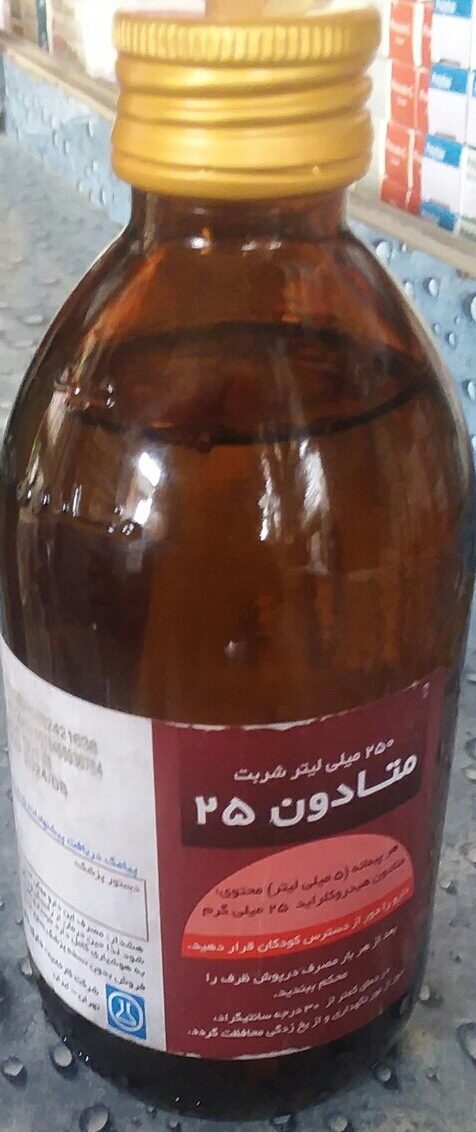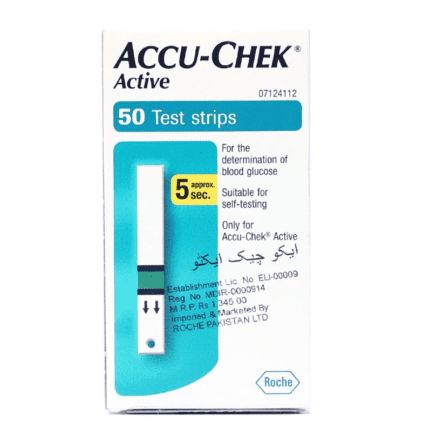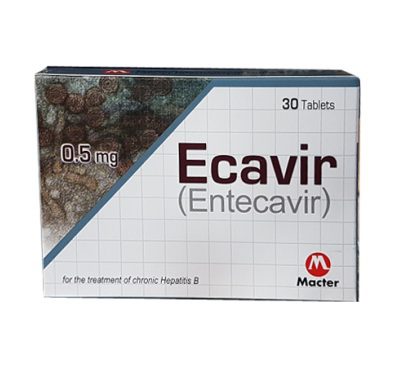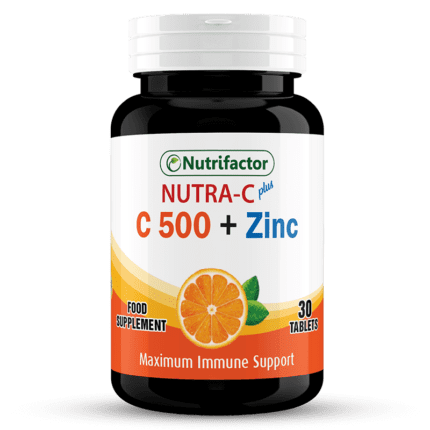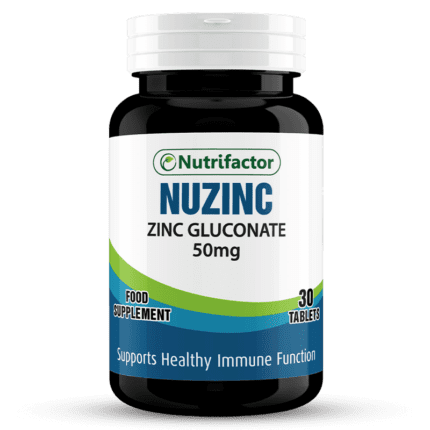Methadone Syrup:
Methadone syrup is a man-made opioid (also known as an opiate). Other opioids include codeine, morphine, fentanyl and diamorphine (heroin).
Methadone syrup is used to help you stop taking heroin. It reduces your withdrawal symptoms, such as shaking, shivering and other flu-like symptoms. It also helps stop cravings.
There are 2 main approaches to stopping heroin:
- maintenance therapy – where you switch from heroin to a heroin substitute like methadone Syrup, then stay on a stable dose of the substitute. You will usually take this long term
- detox (detoxification) – where you switch from heroin to a substitute like methadone Syrup, before gradually withdrawing from the substitute so you’re completely free from both
Some people start taking methadone for maintenance therapy. However many of them go on to detox and become free of heroin and methadone.
Methadone is available on prescription only.
Key facts about Methadone Syrup
To get methadone for drug dependence you need to get in touch with your GP or local drug treatment service. You’ll have a named key worker.
The most common side effects of methadone are constipation, feeling sick, and feeling cold and sweaty.
It’s best to avoid alcohol while taking methadone, as it can cause very serious side effects. For this reason it’s important to tell your prescriber how much you drink.
You’ll usually have a urine or saliva test every few weeks at your GP surgery or local drug treatment service. This is to check for heroin, heroin substitutes and other drugs.
Methadone is addictive, like all opioids. If you are taking it to detox, your treatment plan will include details for gradually reducing then stopping your dose.
Who can and cannot take methadone Syrup:
Adults (aged 18 years and over) can take methadone syrup for drug addiction.
It can also be given to newborn babies in hospital, to help with heroin or methadone withdrawal symptoms.
Methadone may not be suitable for some people. Tell your doctor before starting methadone treatment if you:
have had an allergic reaction to methadone or any other medicines in the past
have a lung problem or breathing difficulties
are addicted to alcohol, or other drugs that are not opioid
have a head injury or get bad headaches
have ulcerative colitis
have seizures or fits
have heart rhythm problems (arrhythmia) or low blood pressure
have problems with your thyroid, adrenal glands, kidneys or liver
have myasthenia gravis (a rare condition that causes muscle weakness)
are pregnant, trying to get pregnant or breastfeeding
How and when to take Methadone Syrup
Always follow the instructions that come with your medicine.
With liquid methadone, swallow the medicine in one go. You can have a drink of water afterwards if you like.
Dosage for heroin addiction
Doses vary from person to person. Your starting dose is based on:
the amount of heroin you are using
whether you are using other drugs or alcohol
a urine sample (to test for heroin and other drugs)
your physical and mental health
whether you have had treatment for drug addiction before
You will usually start on 10mg to 30mg, taken once a day. This can be increased slowly, until your withdrawal symptoms are under control and your cravings stop.
Many people then take a regular dose of between 60mg and 120mg a day. However your dose may be different.
Getting your prescription for Methadone Syrup
You will get your first prescription (or script) from your GP, or a prescriber at your drug treatment service. This may be a nurse, doctor or a prescribing pharmacist.
They will ask you to choose a pharmacy to take your prescriptions to. You can pick a pharmacy near your home or work.
To begin with, you’ll usually visit the pharmacy every day and take your methadone there. Speak to your prescriber if that’s going to be difficult.
Supervised doses
When you start your treatment, and until your dose is stabilised, a key worker or pharmacist will usually supervise you as you take methadone. This can take up to 3 months.
When you have stabilised on methadone, it may be possible to take some of your doses at home. You’ll discuss this with your key worker and prescriber to work out what is right for you.
How long will I take it for?
If you’re taking methadone for maintenance therapy, you will usually take it long term.
If you’re taking it for detox, your dose will gradually be reduced until you do not need to take it anymore. This can take up to 12 weeks. It can sometimes be quicker, for example if you’re detoxing in hospital or residential rehab.
What if I miss my dose?
If you take methadone at home
Take it as soon as you remember, unless it’s nearly time for your next dose. In this case, skip the missed dose and take your next one at the usual time. Do not take a double dose to make up for a forgotten dose.
Tell your key worker or your doctor that you missed a dose. They may ask you to return the leftover liquid.
What if I take too much Methadone Syrup?
It is important to take the right dose, according to your treatment plan and prescription.
If you take too much methadone you could be at risk of overdose. Too much methadone may make you very sleepy, and can slow down or stop your breathing. This can be life-threatening.
If you have been given naloxone and have taken too much methadone, or you’re having serious side effects, take the naloxone immediately. Follow the instructions you have been given. Naloxone is a medicine that is sometimes used to reverse a methadone overdose.
5. Side effects of methadone :
Like all medicines, methadone can cause side effects. However, many people have no side effects or only minor ones.
You are more likely to get side effects if you are on a high dose of methadone. here is the complete detail about Methadone
Common side effects
- constipation
- feeling or being sick (nausea or vomiting)
- feeling sleepy, tired or dizzy
- mild headache
- feeling cold and sweating more than usual
- dry eyes, mouth and nose
- seeing things that are not there (hallucinations), changes in mood or feeling confused


